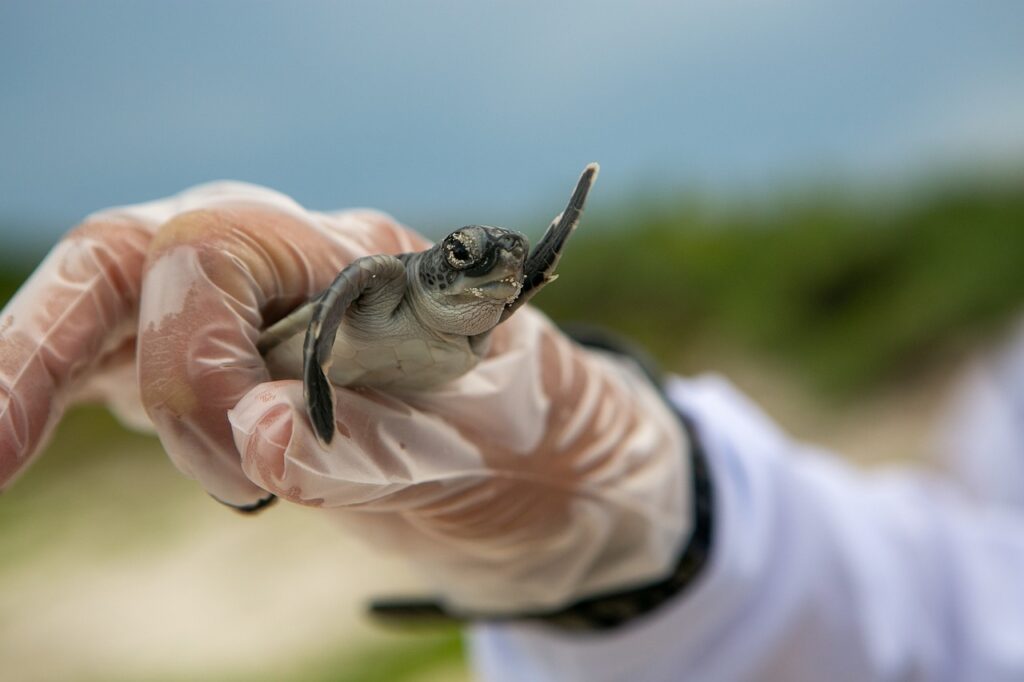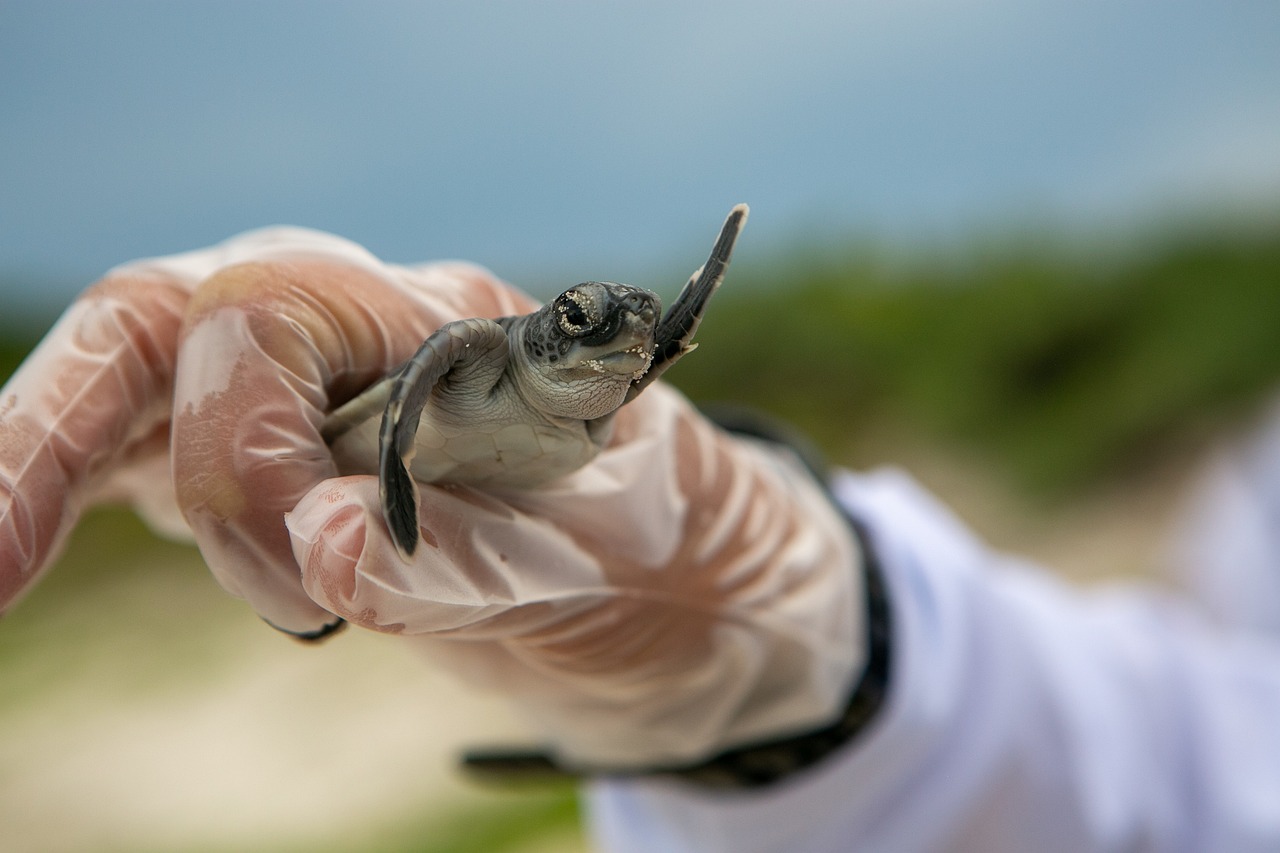Did you know that snapping turtles are some of the longest-living reptiles on the planet? These intriguing creatures have the ability to live for over 100 years if given the right conditions. It’s truly remarkable to think about the wisdom and experiences these ancient reptiles may possess. So, how exactly do snapping turtles manage to live such long lives? Let’s explore the fascinating world of snapping turtles and uncover just how old they can really get.

Lifespan of Snapping Turtles
Snapping turtles, known for their fierce nature and powerful jaws, can live remarkably long lives. The lifespan of these fascinating creatures is influenced by various factors, including their species, size, environment, and overall health. In this article, we will explore the factors that influence the lifespan of snapping turtles, compare them with other turtle species, delve into the methods used to determine their age, discuss record-breaking individuals, and explore the impacts of the environment, predators, and reproduction on their longevity. Additionally, we will look into age-related health issues and discuss ways in which we can enhance the longevity of snapping turtles.
Factors Influencing Lifespan
Several factors play a crucial role in determining the lifespan of snapping turtles. The species of the turtle is one such factor, as different species have different average lifespans. For example, common snapping turtles (Chelydra serpentina) have been known to live for around 30 to 40 years in the wild, whereas alligator snapping turtles (Macrochelys temminckii) can live up to 100 years or more.
Size is another influencing factor, as larger turtles tend to have longer lifespans. Snapping turtles possess a unique ability to keep growing throughout their lives, and thus, the larger they become, the older they typically are. Additionally, a turtle’s overall health and access to suitable habitat and resources can greatly impact its lifespan. A well-nourished and healthy snapping turtle is more likely to live a longer life compared to one facing constant environmental challenges or health issues.
Comparison with Other Turtle Species
When it comes to longevity, snapping turtles are among the long-lived species in the animal kingdom. While they may not reach the extraordinary ages of some tortoise species, snapping turtles still live considerably longer than many other turtle species. For instance, painted turtles (Chrysemys picta) and red-eared sliders (Trachemys scripta elegans) generally have lifespans ranging from 20 to 30 years.
To put snapping turtle longevity into perspective, let’s explore some of the oldest living organisms on Earth. Methuselah, a bristlecone pine tree in California, is estimated to be over 4,800 years old. The Greenland shark, which inhabits the cold waters of the North Atlantic, holds the record for being the longest-living vertebrate, with some individuals reaching an astonishing age of over 400 years. While snapping turtles cannot quite compete with these exceptional lifespans, they are undoubtedly remarkable creatures in their own right.
Determining the Age of Snapping Turtles
Determining the age of snapping turtles can be a challenging task, as they do not possess easily identifiable age markers like rings on their shells. However, researchers have developed various methods to estimate their age with a fair degree of accuracy.
One method involves examining the growth rings on the scutes, the bony plates on the turtle’s shell. Similar to the growth rings in tree trunks, these rings can provide insights into the turtle’s age. By counting the rings on the scutes and considering the growth rate of the turtle, scientists can estimate the approximate age of the individual.
Another technique involves analyzing the calcification of osteoderms, small bony structures found within the turtle’s skin. Over time, these osteoderms undergo changes in their structure, density, and mineral composition, allowing researchers to estimate the turtle’s age by examining these changes.
In addition to growth rings and osteoderms, the size and weight of snapping turtles can also serve as indicators of their age. As turtles age, they tend to grow larger and heavier, so comparing these measurements to known growth patterns can provide an estimate of the turtle’s age.
Finally, sexual maturity can also offer clues to a snapping turtle’s age. Female snapping turtles typically reach sexual maturity at around 10 to 12 years of age, whereas males reach maturity at slightly younger ages, around 8 to 10 years. By determining the sexual maturity of a snapping turtle, researchers can make educated guesses about its age.
Record-Breaking Snapping Turtles
From time to time, individuals of extraordinary size and age capture the attention of researchers and turtle enthusiasts alike. Let’s take a closer look at some notable record-breaking snapping turtles:
Largest Captured Snapping Turtle
The title for the largest captured snapping turtle was achieved by a gargantuan individual in Kansas, United States. This whopping turtle measured an incredible 23.5 inches long and weighed an astonishing 39 pounds! Such a size is a testament to the remarkable potential for growth and longevity in these species.
The Case of ‘Al’
One particularly famous snapping turtle, known as ‘Al,’ made headlines due to his impressive age and size. He was first caught in New York in 1853 and spent the next 130 years as a resident of the New York Zoological Society, now known as the Bronx Zoo. Throughout his time at the zoo, Al became a beloved figure among visitors and staff, serving as a living reminder of the incredible lifespan these fascinating creatures possess.
Snapping Turtles Revealing Their Age through History
Snapping turtles can provide valuable insights into the past through their documented age. Researchers have discovered old musket balls and arrowheads embedded in the shells of some snapping turtles, indicating encounters with humans that date back centuries. By studying these archaeological finds, scientists gain a better understanding of historical hunting practices, conservation efforts, and the longevity of these remarkable creatures.
Impacts of Environment on Longevity
The environment plays a significant role in the longevity of snapping turtles. The quality and availability of suitable habitats greatly affect their overall well-being and lifespan. Snapping turtles require access to clean water bodies such as lakes, ponds, and slow-moving rivers for feeding, nesting, and hibernating. Loss or degradation of their natural habitats, due to human activities or environmental changes, can have detrimental impacts on their longevity.
Pollution, especially in water bodies, poses a significant threat to snapping turtles. Accumulation of toxins, such as heavy metals and pesticides, in their bodies can lead to various health issues, compromising their ability to survive and reproduce. Efforts to mitigate pollution and maintain the quality of their habitats are essential for ensuring the continued existence of these magnificent creatures.
Human interactions can also impact the longevity of snapping turtles. Unintentional capture in fishing gear, collisions with boats, and habitat destruction due to human development are among the hazards that snapping turtles face in their natural environment. Education, awareness, and responsible human behavior are crucial for minimizing these impacts and promoting the long-term survival of snapping turtles.
Predators and Threats to Longevity
Snapping turtles, despite their formidable reputation, face both natural predators and threats from human activities that can reduce their lifespan. Understanding these threats is essential for ensuring their protection and conservation.
Natural Predators
Snapping turtle eggs and hatchlings are particularly vulnerable to predation. Raccoons, foxes, skunks, and birds of prey commonly target nests and young snapping turtles. In adulthood, snapping turtles have fewer natural predators due to their size and formidable bite. However, larger predators such as alligators and large mammals may still pose a threat.
Human Activities
Unfortunately, humans pose significant threats to the longevity of snapping turtles. Overharvesting of adults and collection of their eggs for food or the pet trade can have severe implications for their populations. Additionally, habitat destruction due to urbanization, road mortality from vehicle collisions, and accidental bycatch in fishing gear are all detrimental to their survival.
Conservation efforts are crucial for mitigating these threats, protecting their habitats, and implementing regulations to prevent unsustainable harvesting. Education and awareness programs can also play a vital role in fostering a sense of responsibility and understanding towards snapping turtles and the conservation of their species.
Reproduction and Offspring Survival
Reproduction is an essential aspect of a species’ survival, and snapping turtles have fascinating reproductive behaviors and challenges that influence offspring survival rates.
Egg Laying and Nesting
Female snapping turtles typically reach reproductive maturity around 10 to 12 years of age. They lay their eggs in sandy or soft soil near water bodies, digging nests with their powerful hind limbs. The number of eggs laid varies depending on the size and health of the female, but a typical clutch consists of around 20 to 50 eggs. Once the eggs are laid, the female covers the nest and returns to the water, leaving the eggs to hatch on their own.
Parental Care
Snapping turtles do not exhibit parental care beyond the initial egg-laying process. Once the eggs are laid, they are entirely independent. The offspring must survive on their own, facing numerous threats from predators, environmental conditions, and hatchling mortality rates.
Mortality Rate of Hatchlings
The mortality rate of snapping turtle hatchlings is quite high. Only a small percentage of the eggs successfully hatch, and once they do, the hatchlings must navigate their way back to water bodies, avoiding predators and overcoming various obstacles. The low survival rate highlights the challenges that these young turtles face and underscores the importance of preserving their habitats and safeguarding their populations.
Age-Related Health Issues
As snapping turtles age, they become more susceptible to certain health issues. These aging-related concerns can affect their overall well-being and lifespan.
Shell Erosion and Injuries
Over time, the shells of snapping turtles can deteriorate due to injuries, wear and tear, and exposure to environmental elements. Shell erosion can make turtles more vulnerable to infections, injuries, and predation. Additionally, older turtles may develop shell deformities or suffer from shell fractures that can hinder their mobility and compromise their ability to hunt and defend themselves.
Disease and Parasites
Like many animals, snapping turtles can be susceptible to diseases and parasites as they age. Skin infections, respiratory diseases, and parasitic infestations can become more prevalent in older individuals. These health challenges can weaken the turtles’ immune systems and overall vitality, reducing their chances of surviving to a ripe old age.
Effects of Aging on Vital Organs
As snapping turtles age, their vital organs, such as the heart, kidneys, and liver, may experience deteriorating function. Reduced organ function can lead to various health problems, compromising the overall well-being and longevity of the turtles. Additionally, age-related decline in the turtles’ immune system can make them more susceptible to infections and diseases, further impacting their health and lifespan.
Enhancing Longevity in Snapping Turtles
Given the importance of snapping turtles in ecosystems and their remarkable potential for longevity, it is crucial to take steps to enhance their lifespan and promote their survival.
Providing Suitable Habitats
Preserving and restoring suitable habitats is essential for the long-term survival of snapping turtles. Protecting clean water bodies, maintaining proper ecosystem balance, and preventing habitat fragmentation are crucial for ensuring their access to suitable nesting and foraging areas. Additionally, creating artificial nesting sites near protected areas can help increase their reproductive success and provide additional nesting opportunities.
Conservation Education and Awareness
Educating the public about the importance of snapping turtles and the challenges they face is essential for fostering a sense of responsibility towards their conservation. Awareness programs, school initiatives, and community involvement can help raise awareness about the impacts of human activities, promote responsible behavior, and encourage support for conservation efforts.
Active Protection and Management
Implementing protection and management measures, such as regulating hunting and the pet trade, can help safeguard snapping turtle populations. Collaborative efforts with government agencies, research institutions, and conservation organizations are necessary to develop comprehensive conservation strategies, enforce regulations, and implement conservation programs.
Conclusion
In conclusion, snapping turtles have the potential to live remarkably long lives, with some individuals reaching ages of over a century. Their lifespan is influenced by factors such as species, size, environment, and overall health. Snapping turtles can provide valuable insights into the past and reveal important information about our historical interactions with these unique creatures. However, they face numerous threats, including habitat loss, pollution, predation, and human activities.
By understanding the factors influencing their longevity, determining their age through various methods, and actively working towards their conservation, we can ensure the continued existence of these fascinating creatures. The preservation of suitable habitats, education and awareness initiatives, and responsible human interactions are vital for enhancing the lifespan of snapping turtles and protecting their populations for generations to come. Let us embrace our role as stewards of nature, champion the longevity of snapping turtles, and cherish the incredible world these ancient creatures inhabit.

